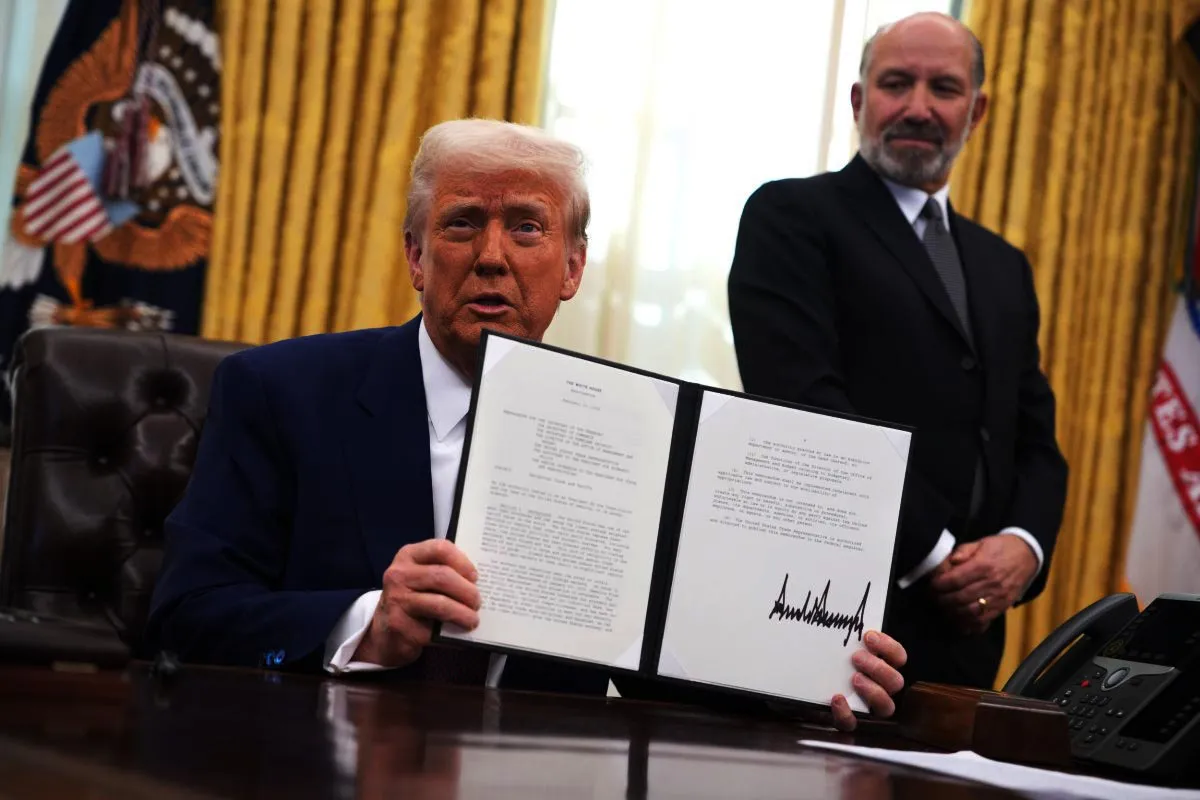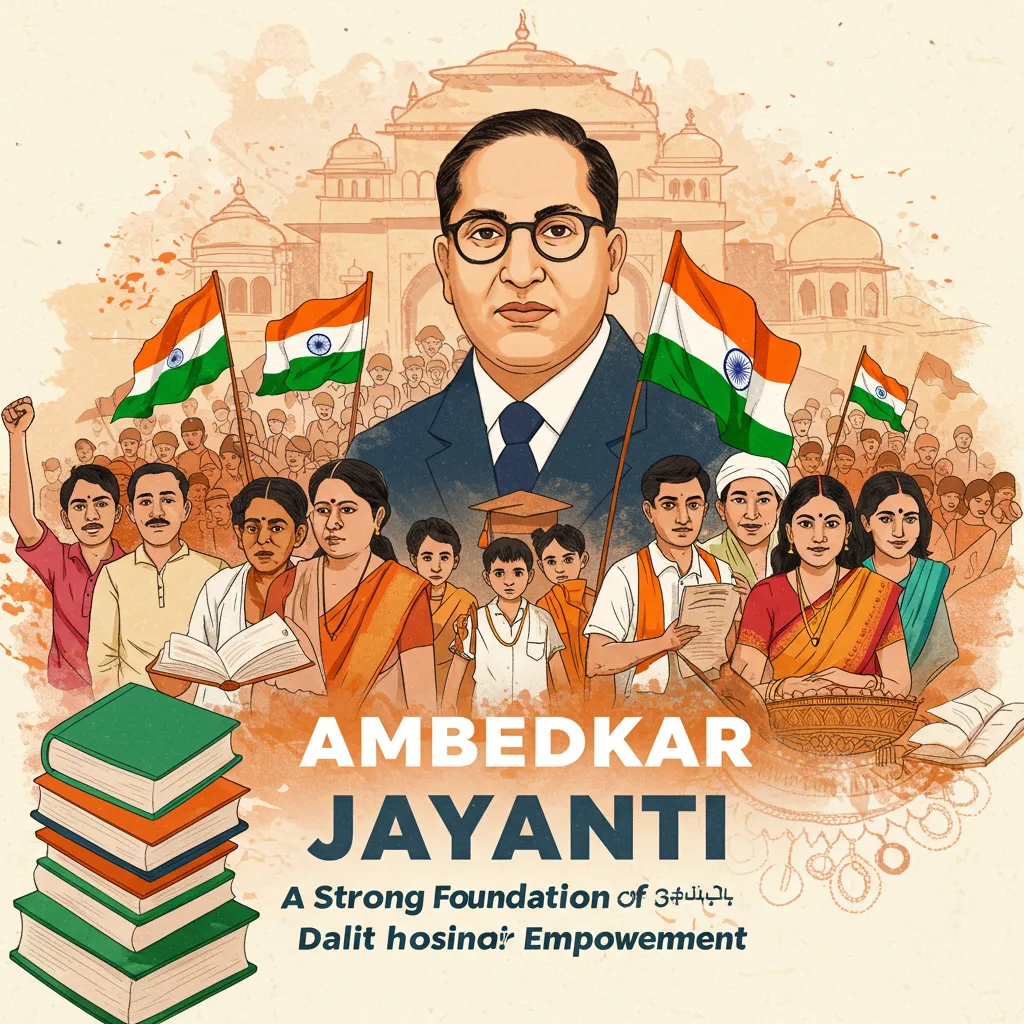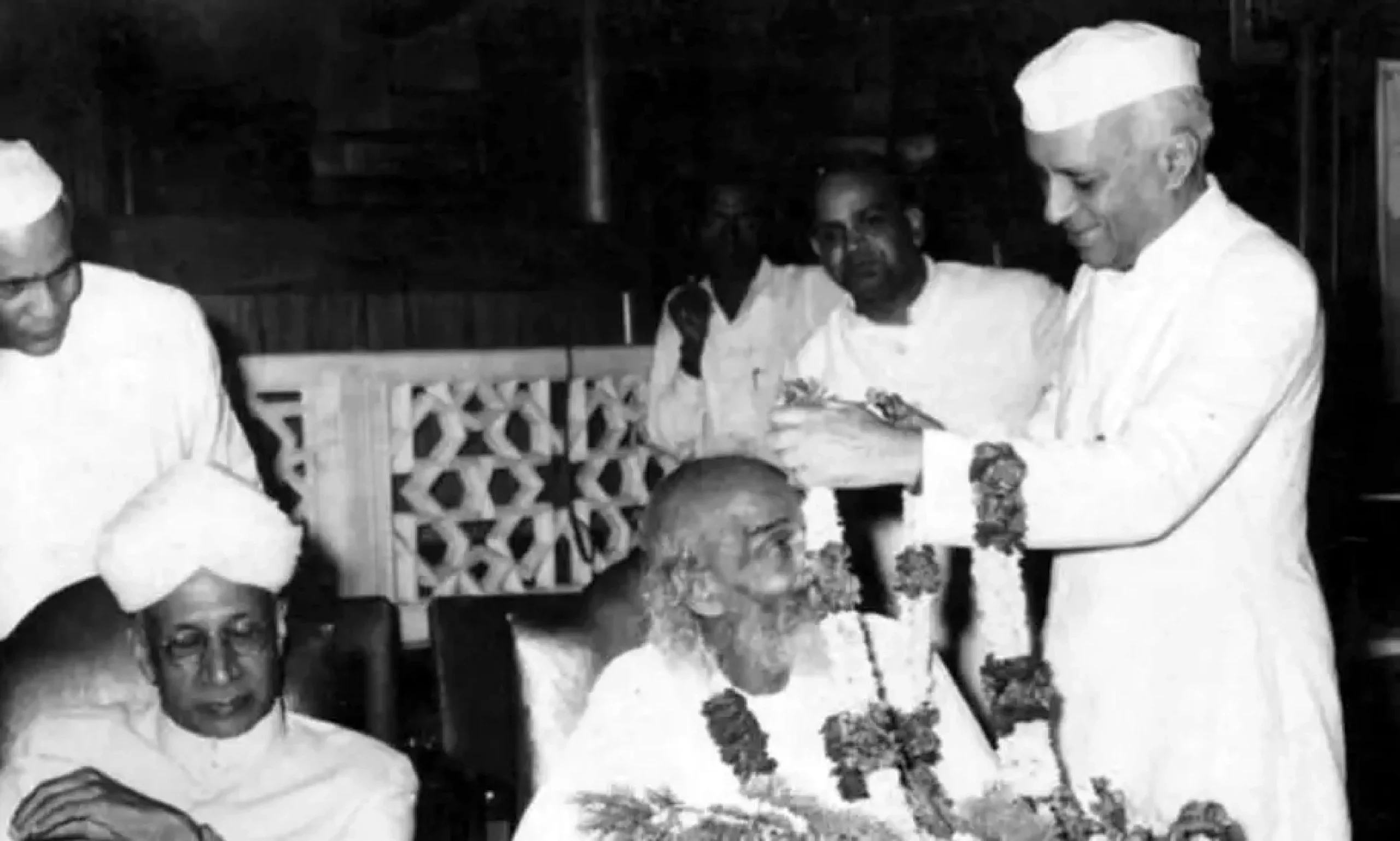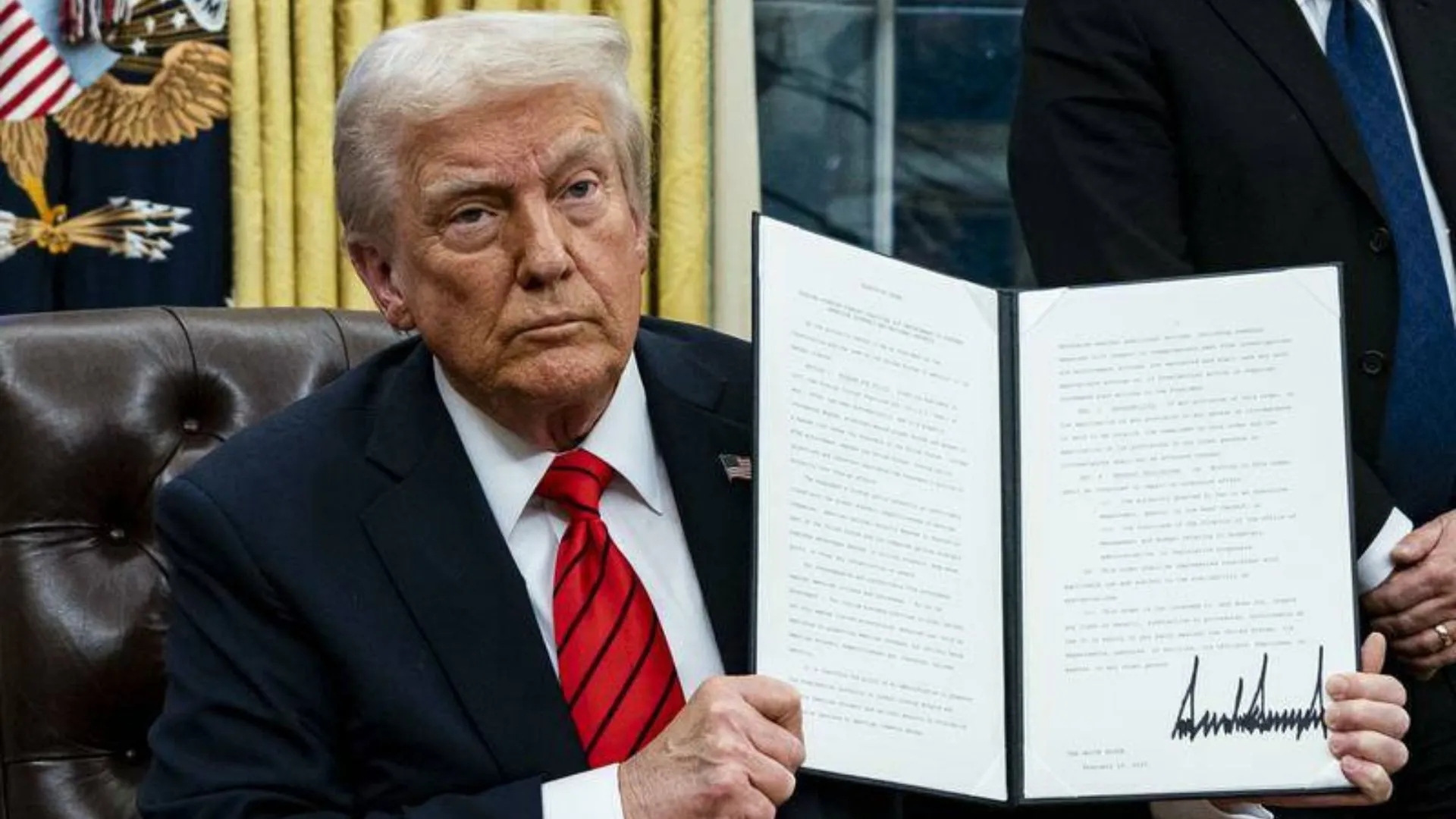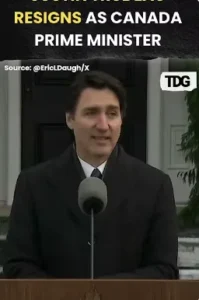Earlier this month, President Donald Trump of the United States of America accused India, the European Union, Mexico, Brazil, and other countries of having trade practices that are unfair to the United States. He also specified that “reciprocal tariffs” will be enforced beginning on April 2. In his statement, Trump emphasised that this action will produce considerable cash for the United States of America and create employment. He also stated that the country has been taken advantage of for decades, but that it will no longer allow this behaviour. Emphasising the inequity of the system, Trump stated, “This system is not fair to the United States and never was hence we will impose tariffs on other countries in response to the tariffs they impose on us”.
WHAT IS TARIFF?
Tariffs apply to foreign imports. Companies that import commodities pay taxes to the government. Tariffs are usually a proportion of product value. For example, a $10 foreign product costs $3 more due to a 30% tax. Companies may pass on tariff costs to customers. US products tariffs are usually lower than others. The extra taxes and tariffs on international imports Trump has hinted may begin on April 2 might raise costs for US and global consumers, economists say.
INDIA’S STANCE SO FAR
Indian officials are examining strategies to reduce tariffs on various imports, such as cars and chemicals, as a response to US President Donald Trump’s proposed reciprocal tariffs, according to sources familiar with the situation, as reported by Bloomberg. Officials in New Delhi are engaged in discussions regarding the potential reduction of duties on automobiles, select agricultural products, chemicals, essential pharmaceuticals, and specific medical devices and electronics. Sources indicate that these individuals prefer to remain anonymous as the plans have not yet been finalised. With weeks until Trump’s retaliatory tariffs, trade minister Piyush Goyal went to the US a few days ago to negotiate trade. Last month, Prime Minister Narendra Modi visited the U.S. and promised to start a trade pact by autumn 2025, aiming for $500 billion in bilateral commerce by 2030.
India is willing to drop tariffs on industrial exports like cars and chemicals but not on agricultural products, which would hurt millions of impoverished farmers. India has dropped duties on high-end motorbikes from 50% to 30% and 100% on bourbon whisky from 150% to reduce trade tensions, while vowing to examine other tariffs, increase energy imports, and buy more defence equipment.
INDIA- US: POLITICAL RELATIONS SO FAR
The relationship between India and the US is characterised by complexity. Prime Minister A.B. Vajpayee characterised the two nations as “natural allies,” indicating a significant alignment of values and geopolitical interests. President Barack Obama characterised the relationship between India and the United States as “a defining partnership of the 21st century.” President Joe Biden modified it by adding the definite article “the”. In his 2016 address to the joint session of the US Congress, Modi stated that the “relationship has overcome the hesitations of history,” indicating a shift towards a more open and committed partnership between the two nations. Despite their differences on various issues, the similarities between the two nations significantly surpass the areas of disagreement. India and the US maintained a stable relationship during the first Trump presidency. The notable parallels in approach and messaging between Prime Minister Narendra Modi and US President Donald Trump, particularly their emphasis on the theme of national greatness, played a significant role in fostering their personal rapport.
IMPACT OF RECIPROCAL TARIFFS
Since Trump took office, taxes on Chinese imports have raised medication raw material prices by 20%. Pharmaceutics are India’s largest export, and generics are important in the US. Any reciprocal levies by the US would raise generic and speciality drug prices, hurting millions of Americans. A major concern has arisen about the healthcare sector of the US. The United States is significantly dependent on Indian generic pharmaceuticals, with around fifty percent of all generic medications utilised in the US sourced from India. This has led to substantial savings for the US healthcare system, with estimates indicating that Indian generics saved the US $219 billion in 2022, according to research by consulting company IQVIA.
WHAT WILL THE RECIPROCAL TARIFF MEAN FOR INDIA
Experts think India might export more technology, electronics, and jewellery to America due to Trump’s 25% tariffs on Mexico and Canada and China’s 10% tariff. The US and India seek to increase their economic dominance in the Indo-Pacific and challenge China. The time and incentives are right for these two leaders to make a major deal.
India is rushing to finish its Bilateral Trade Agreement with the US, balancing its concerns with Washington’s expectations. The government is creating a list of commodities where India will decrease tariffs to avoid retaliatory tariffs.
Trump said India pledged tariff cuts a few days ago. US Secretary of Commerce Howard Lutnick said the US wants to negotiate a broad-based trade pact and discuss products individually because it may take years to finalise. India had hoped for an exception, but Trump has frequently emphasised that India’s high tariff system will not be favoured.
In conclusion, both the United States and India must acknowledge the strategic and economic significance they provide one another and strive for a balanced trading partnership. As two of the world’s major democracies with expanding economic relations, it is imperative that they participate in transparent and productive discourse to resolve issues like tariffs and trade policy. Instead of permitting protectionist policies to generate discord, both countries should seek avenues to augment collaboration, diminish trade obstacles, and cultivate a relationship advantageous to enterprises and consumers alike. A cooperative strategy will enhance economic connections and fortify the expanding geopolitical partnership between the two states.

